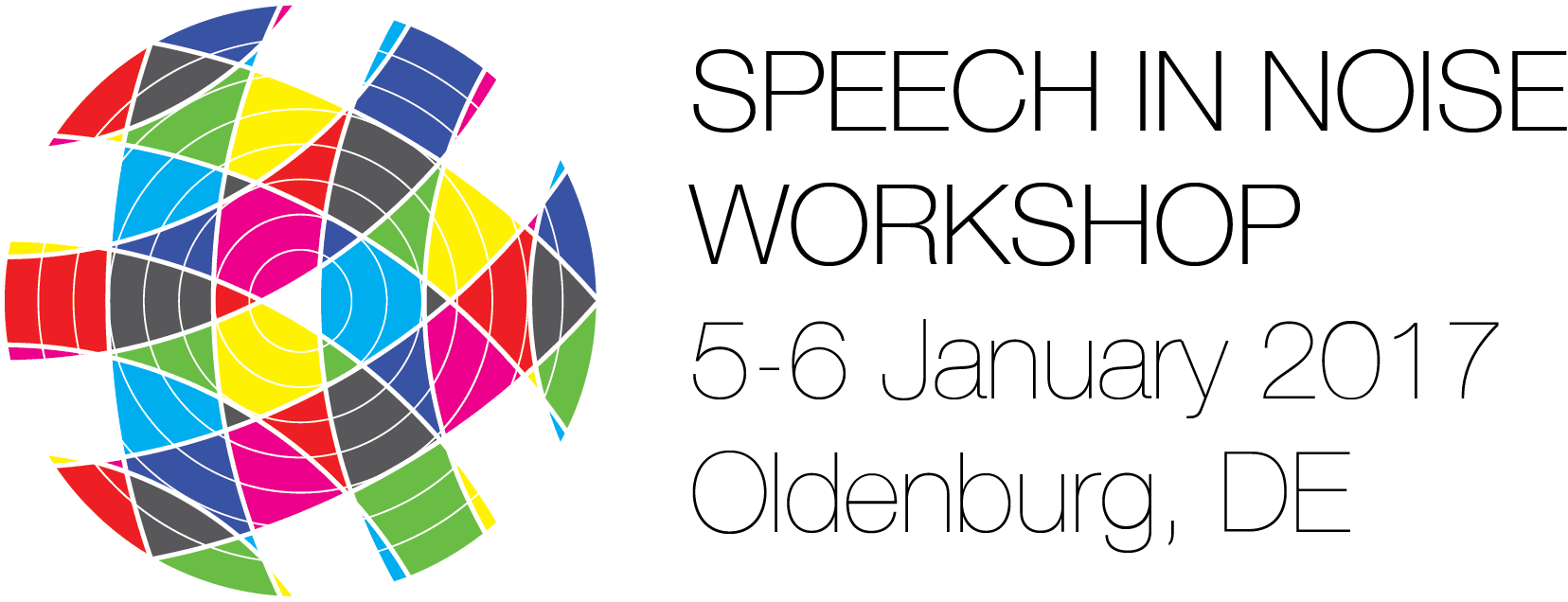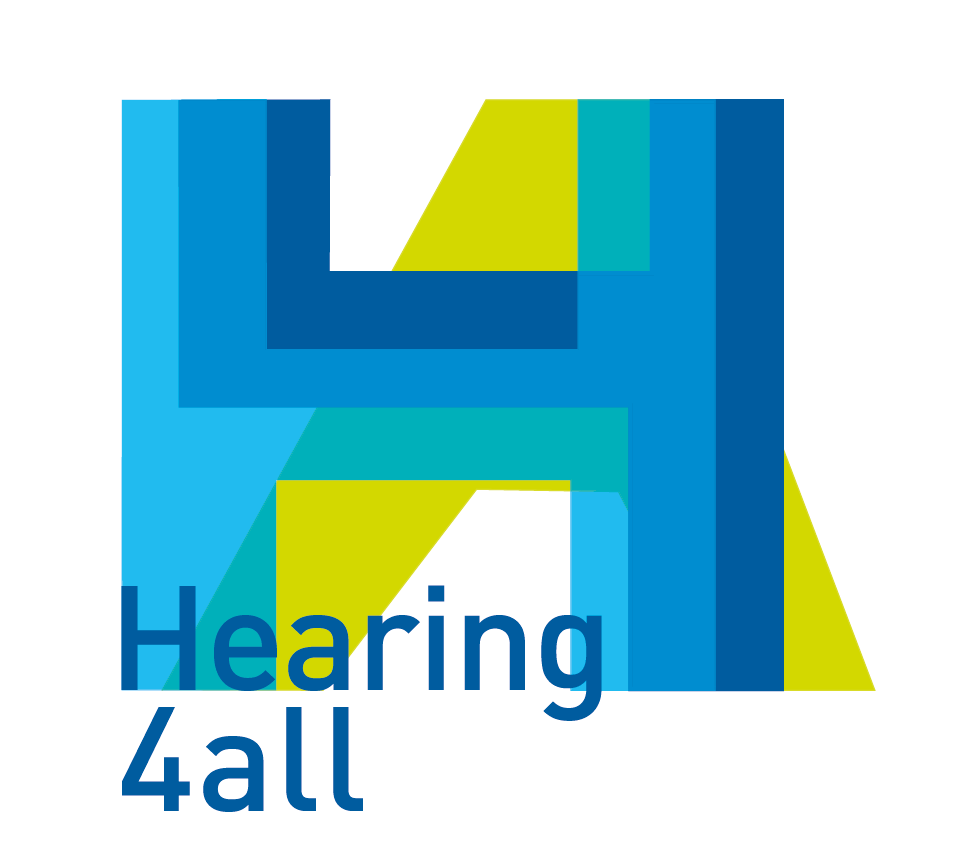Multisensory integration in hearing aid users and non-users with a mild hearing loss
Research has shown that hearing thresholds and age alone cannot comprehensively explain the substantial variability in speech understanding in noise, prompting the search for other factors to be involved. Several studies have focused on the contribution of cognitive abilities, clearly confirming a link. Yet, there remains unexplained variance suggesting that not all components relevant for explaining individual differences in speech-in-noise performance have been identified so far.
Current research indicates that the provisioning with a hearing aid could likewise contribute to these differences. In this regard, it is not only of interest how hearing-impaired individuals differ in speech understanding, but also whether they differ in cognitive abilities as a function of hearing aid use. Another relevant factor contributing to differences in speech-in-noise understanding could be found in multisensory integration, as recent studies have highlighted effects of age, hearing loss and cochlear implant provisioning on multisensory integration capacity.
As differences between hearing-impaired individuals with and without hearing aid provisioning have been widely neglected so far in this context, the comparison of individuals with a mild hearing loss who differ in hearing aid use is of specific interest. To address these issues, this study compared 40 hearing aid users and 40 non-users with a mild hearing loss (PTA between 26 and 40 dB HL), matched for age and gender, regarding speech understanding in noise, cognitive abilities and audiovisual integration. Speech understanding was measured with the Goettingen Sentence Test. From that, hearing aid benefit was derived by comparing unaided with aided measurements (Master Hearing Aid). Cognitive testing comprised a dementia screening test, a test of working memory and of verbal intelligence. To assess audiovisual integration, the sound-induced flash illusion (SIFI) was applied, where one or two flashes were paired with either a congruent or incongruent number of beeps. The strength of audiovisual integration was measured by the frequency of with which one flash accompanied by two beeps (1F2B) is perceived as two flashes, the so-called fission illusion.
Results revealed no significant differences between hearing aid users and non-users in any of the cognitive tests. In comparison, they differed significantly in the 1F2B condition of the SIFI such that hearing aid users perceived the fission illusion more often and thus, displayed enhanced audiovisual integration compared to non-users. Furthermore, correlations between the hearing aid benefit and cognitive tests as well as the audiovisual integration differed as a function of hearing aid supply.
Warning: Use of undefined constant s - assumed 's' (this will throw an Error in a future version of PHP) in /home/spinnluxnr/www/2017/pages/programme.php on line 208


